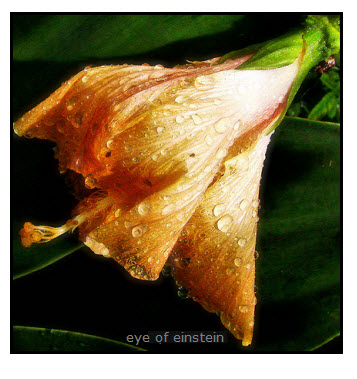An increase in numbers by an addition of a fixed number in each time period.
biosphere
The interactive collection of all the world’s ecosystems. Also thought of as that portion of the Earth that supports life.
carrying capacity
The maximum population density of a species that can be sustained in a given geographical area over time. In ecology, this is often denoted as K.
community
All the populations of all species of living things that inhabit a given area. The term also is used to mean a collection of populations in a given area that potentially interact with each other.
density dependent
In ecology, effects on a population that increase or decrease in accordance with the size of that population. Density-dependent effects tend to involve biological factors.
density independent
In ecology, effects on a population that are not related to the size of that population. Density-independent effects tend to involve physical forces, such as temperature and rain.
ecology
The study of the interactions that living things have with each other and with their environment.
environmental resistance
All the forces in the environment that act to limit the size of a population.
exponential growth
A form of population growth in which the rate of growth increases over time. Exponential growth results in a J-shaped growth curve because, when plotted on a graph, the population’s increase resembles the letter J.
exponential increase
An increase in numbers that is proportional to the number already in existence. This type of increase occurs in populations of living things, and it carries the potential for enormous growth of populations.
intrinsic rate of increase
The rate at which a population would grow if there were no external limits on its growth. In ecology, often denoted as r.
K-selected species
A species that tends to be relatively long-lived, that tends to have relatively few offspring for whom it provides a good deal of care, and whose population size tends to be relatively stable, remaining at or near its environment’s carrying capacity (K).
life table
A table showing how likely it is for an average species member to survive a given unit of time.
logistic growth
A form of population growth in which exponential growth slows and then stops in response to environmental resistance. Also known as S-shaped growth because, when plotted on a graph, changes in the population’s size resemble the letter S.
population
All the members of a species that live in a defined geographic region at a given time.
r-selected species
A species that tends to be relatively short lived, that tends to produce relatively many offspring for which it provides little or no care, and whose population size tends to fluctuate widely in reaction to an environment that it experiences as highly variable. Also known as an opportunist species.
species
A group of actually or potentially interbreeding natural populations that are reproductively isolated from other such populations.
zero population growth (ZPG)
State of a population in which births exactly equal deaths in a given period.
